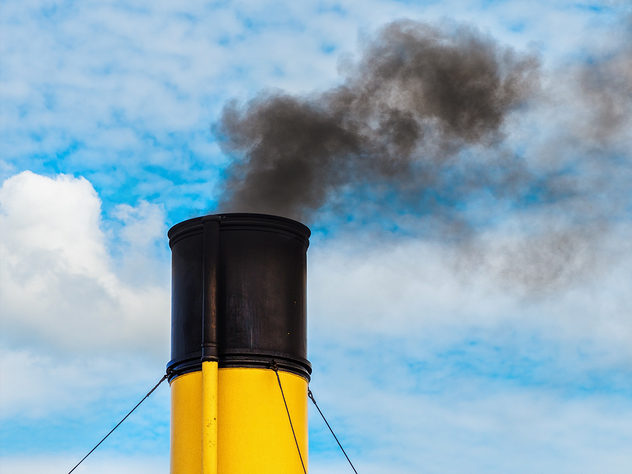Research conducted by Imperial College London, together with University College London and the University of Oxford has shown that emissions are leaving more of mark than previously thought, writes Samantha Fisk.
Recent studies have shown that when a ship burns fossil fuels and emits sulphur aerosols along with carbon and oxygen into the atmosphere these particles can affect or modify certain types of clouds, leaving lines – known as ship tracks – in the clouds behind them as they sail.
Studies into these tracks has allowed scientist to get a better understanding of how aerosols such as sulphate emissions are affecting the clouds. The team studied more than 17,000 ship tracks from satellite observations and matched them to the movements of individual ships using their onboard GPS.
The study period covered the introduction of emission control areas around the coast of North America, the North Sea, the Baltic Sea and the English Channel, which restricted sulphur in ship fuel to 0.5 percent, leading to fewer sulphate aerosol emissions.
One finding from the study found that in these areas nearly all the ship tracks have disappeared. Which in a relatively short space of time in the SOx regulation came into effect in 2016, has already seen positive effects on the environment.
“we estimated that the 2020 regulations might reduce the number of ship tracks (the linear changes in clouds caused by ships) observed by 50%. This fraction is quite uncertain, but we would expect to see a change in the properties of ship tracks relatively quickly (perhaps within a day). Clouds are quite variable though, so it might take longer to be sure we had seen a change in their properties”, explains Edward Gryspeerdt, junior research fellow, Imperial College London.
The reduction of aerosols from sulphate emissions will have further benefits for public health and as a spin-off will also be able to help scientists to see the effects of global warming, as Gryspeerdt explains: “By increasing the reflectivity of clouds, sulphate aerosols cool the climate, offsetting some of the warming from greenhouse gases. Reducing sulphate aerosols would reduce this cooling effect, unmasking existing warming. Current estimates suggest that aerosols might be masking 20-30% of the climate effect of greenhouse gases, but this is uncertain and the fraction of this that is due to ships is also unclear (industry on land also creates aerosol).”
Current estimates suggest that aerosols might be masking 20-30% of the climate effect of greenhouse gases, but this is uncertain and the fraction of this that is due to ships is also unclear.
Shipping isn’t the only industry leaving its physical mark on the sky, with aviation also adding to it with its own contrails (vapour trails). In the immediate response to the events of 9/11, where planes where banned from flying, reports and studies where launched into the effects that this has on the change of weather over the US.
There was a significant difference in the impact of airplane and ship emissions.
“The sulphate aerosol from ships primarily changes the properties of existing clouds, whereas the impact of aircraft is mostly allowing cloud to form in regions where they might not otherwise. Ship aerosol generally has a cooling effect on the climate, whereas contrails are likely to have a warming effect (they trap infra-red radiation)”, comments Gryspeerdt.
But, like aviation which can be traced through its contrails, shipping can also be tracked by its emissions, and for shipping the sulphate emissions can now be tracked through satellite tracking, which means in future emission control areas can be monitored to see that vessels in those areas remain compliant.
































